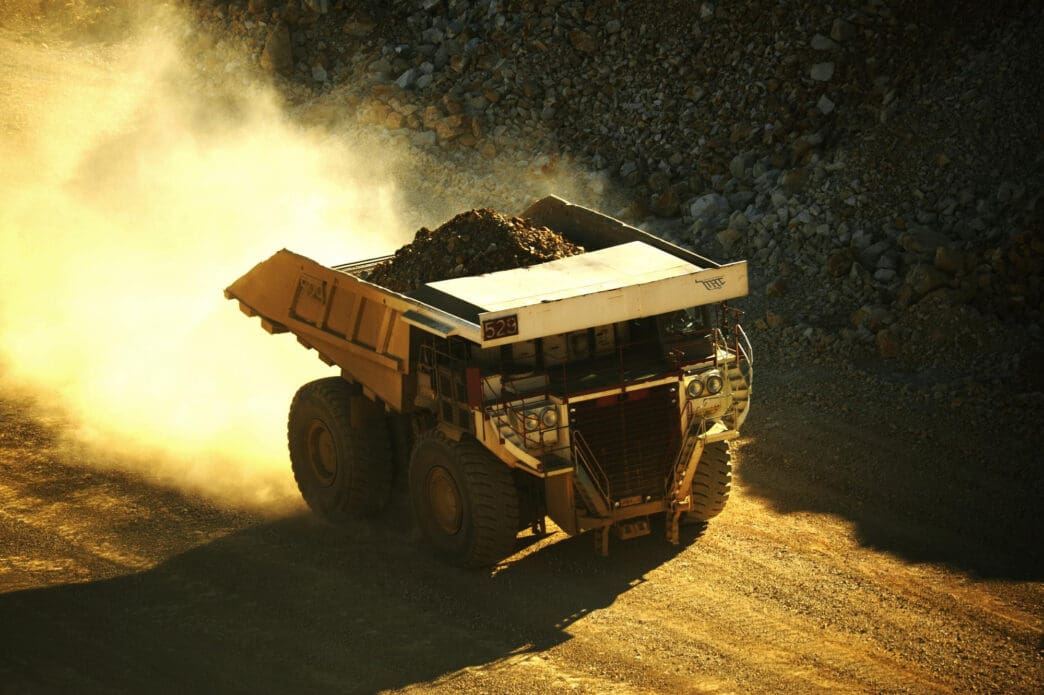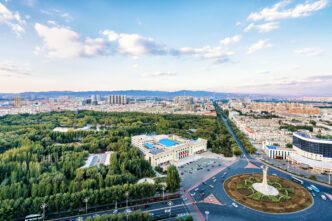Executive Summary
- G7 nations and the EU are actively exploring strategies, including price floors and carbon taxes on Chinese exports, to reduce their reliance on China for critical rare earth elements due to security risks and recent export controls.
- China’s dominant position as the world’s leading producer of rare earths, essential for high-tech products and weaponry, grants it significant leverage, which intensified G7 concerns following its export controls.
- The G7’s Critical Minerals Action Plan and EU initiatives like exploring joint stockpiles aim to diversify critical mineral supply chains, strengthen foreign investment regulations, and foster a more resilient global supply of essential materials.
The Story So Far
- The G7 nations and the European Union are actively exploring strategies to reduce their reliance on China for critical rare earth elements due to China’s dominant global production position and its recent introduction of export controls on these vital materials. This situation has exposed significant supply chain vulnerabilities and security risks for G7 countries, most of whom are heavily or exclusively dependent on Chinese supplies for essential components in high-tech manufacturing.
Why This Matters
- The G7 and EU are actively pursuing strategies, including potential price floors and carbon taxes on Chinese exports, to reduce their critical reliance on China for rare earth elements, which could reshape global supply chains, incentivize non-Chinese production, and potentially impact manufacturing costs for high-tech products and defense industries.
Who Thinks What?
- The Group of Seven (G7) nations and the European Union are actively exploring strategies such as price floors for rare earths, carbon taxes on Chinese exports, and strengthened foreign investment regulations to reduce their reliance on China due to perceived security risks and recent export controls.
- China has utilized its dominant market position by introducing export controls on rare earths and related magnets, prompting G7 nations to seek alternative supply chain solutions.
- Australia and Canada are independently considering or have expressed favorable views toward implementing price floors to bolster their critical minerals projects and stimulate non-Chinese rare earth production.
The Group of Seven (G7) nations and the European Union are actively exploring strategies to reduce their reliance on China for critical rare earth elements, including proposals for price floors to stimulate non-Chinese production and potential carbon taxes on certain Chinese exports. These discussions, which involved a meeting of technical teams in Chicago earlier this month, aim to address perceived security risks stemming from China’s dominant market position and recent export controls on these vital materials.
China’s Dominance in Rare Earths
Rare earth elements are metallic compounds essential for manufacturing a wide range of high-tech products, from cell phones and electric vehicles to advanced weaponry. China currently stands as the world’s leading producer of these materials, granting it significant leverage in global supply chains.
The urgency for G7 nations intensified after China introduced export controls on rare earths and related magnets in April. While European automakers initially faced production shutdowns, China later agreed to fast-track licenses for European companies in May and upgraded its export mechanism to the EU in July. However, European companies continue to report licensing bottlenecks, raising concerns about potential new losses and production halts.
G7’s Strategic Response
Most G7 countries, with the notable exception of Japan, are heavily or exclusively dependent on China for a variety of critical materials, including rare earth magnets and battery metals. To mitigate this security risk, G7 leaders launched a Critical Minerals Action Plan in June.
The recent technical team meetings in Chicago focused on strengthening regulations for foreign investment in critical materials. The goal is to prevent companies from defaulting to Chinese ownership or control, thereby safeguarding diversification efforts. Discussions also touched on the delicate balance of confronting Beijing directly with these new measures.
Proposed Economic Levers
Among the specific proposals discussed was the implementation of a carbon tax or tariff on Chinese exports of rare earths and small-volume metals. This measure would be calculated based on the percentage of non-renewable energy used in their production, potentially incentivizing more environmentally friendly mining and processing practices globally.
Officials also considered establishing price floors for rare earth elements, which would be supported by government subsidies. This mechanism aims to make non-Chinese rare earth projects more financially viable and attractive for investment.
Independently, Australia is contemplating setting a price floor to bolster its critical minerals projects, including those for rare earths. Canada has also expressed a favorable view of the price floor concept, though it has not yet committed to such a policy. An EU official confirmed the bloc is exploring various ideas, such as price floors, joint purchasing agreements, and reciprocal deals within the G7, but emphasized that no final decisions have been made.
Toward Resilient Supply Chains
Further underscoring the European Union’s strategic shift, the EU’s commissioner for industry suggested in June that the bloc should establish a joint stockpile of rare earths and other strategic materials. This initiative would mirror existing reserves for oil and natural gas, providing a buffer against supply disruptions.
These ongoing deliberations highlight a growing international effort to diversify critical mineral supply chains and mitigate geopolitical vulnerabilities. While no definitive decisions have been reached, the array of proposals reflects a concerted push by the G7 and EU to reduce dependence on China and foster a more resilient global supply of these essential materials.








